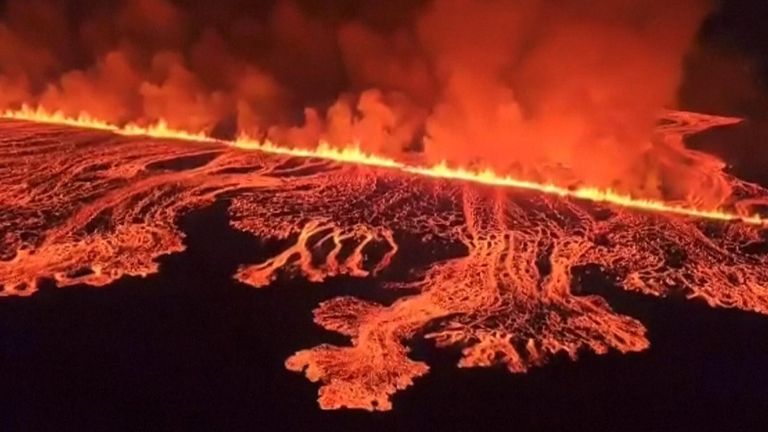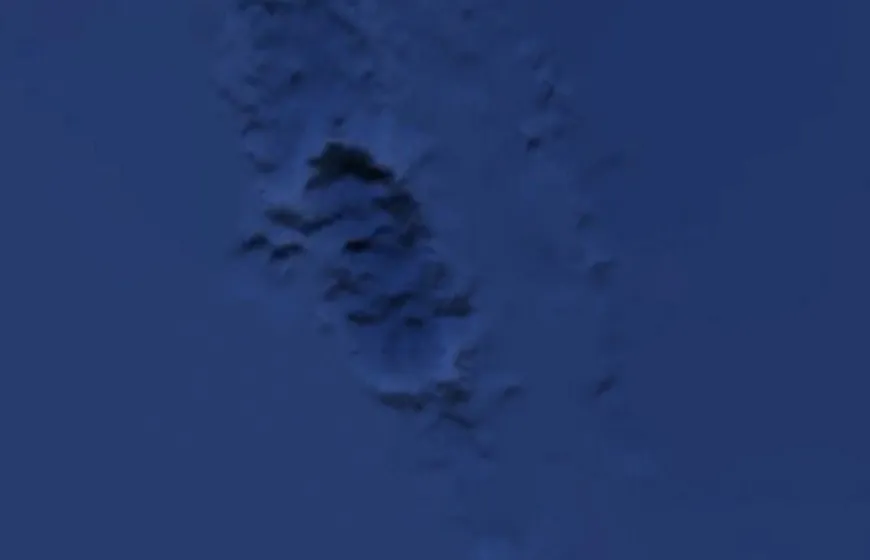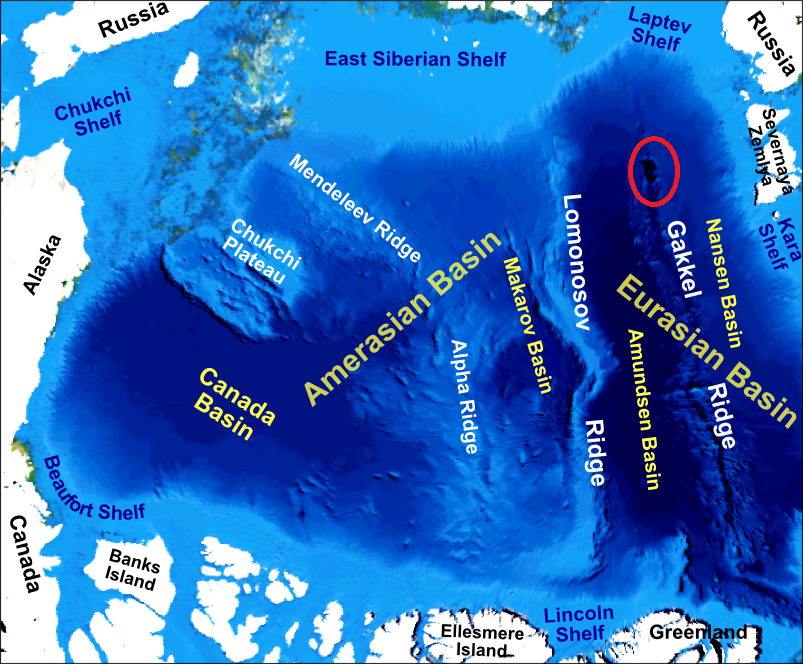International
Volcano is erupting again in Iceland, but the real threat is under the Artic Sea: the Gakkel Caldera

A volcano in Iceland erupted for the fourth time since December, after previous eruptions destroyed roads and forced a city to evacuate, but it’s not over, and this is not even the biggest danger facing Europe.
Live video from the area showed fountains of molten rock soaring into the night sky from fissures in the ground. An impressive sight:
Authorities had been warning for weeks that an eruption was imminent on the Reykjanes Peninsula, just south of the Icelandic capital Reykjavik.
The Icelandic Meteorological Office confirmed that a volcanic eruption began between Stora Skogfell and Hagafell on Saturday evening. No flight disruptions were reported on Saturday night, and the website of Reykjavik’s nearby Keflavik Airport shows that it remained open for both departures and arrivals.
The area around the volcano had already been cleared, and previous eruptions had already brought destruction to the volcano’s zonda. Still, however, this volcano, though dangerous, is not the real big threat to Europe.
The Gakkel caldera: the supervolcano under the Arctic, is larger than Yellowstone
On the border between Asia and Europe is a large, huge underwater volcano, the Gakkel Caldera, which lies 1,200 meters deep. Its size is impressive—100 km long and 40 km wide.

The Caldera
The last time this volcano erupted is, fortunately, not recent, as it happened 1.1 million years ago, and there are geological and magnetic traces of this eruption. However, the last time this supervolcano, such that it dwarfs the famous Yellowstone supervolcano, poured 3 thousand tons of rock into the atmosphere,. A sufficient amount to cause atmospheric changes—far more than any human CO2 emissions. We can say that its eruption would affect all life on the planet.

Where is the Caldera
The caldera was only discovered in the 1990s with the complex mapping of the Arctic Sea floor. The Gakken caldera has a unique characteristic of supervolcanoes, that of being exactly on an active submarine ridge. After all, the emission of hot gas water has been recorded, which, among other things, gives rise to its own biological environment, so the caldera is absolutely not inactive.
Another particular characteristic is that the formation is located very close to the current position of the north pole, which has moved from Canada to Siberia.
So if the eruptions in ISland are spectacular, it is to the Arctic that one must look to identify the real dangers.






